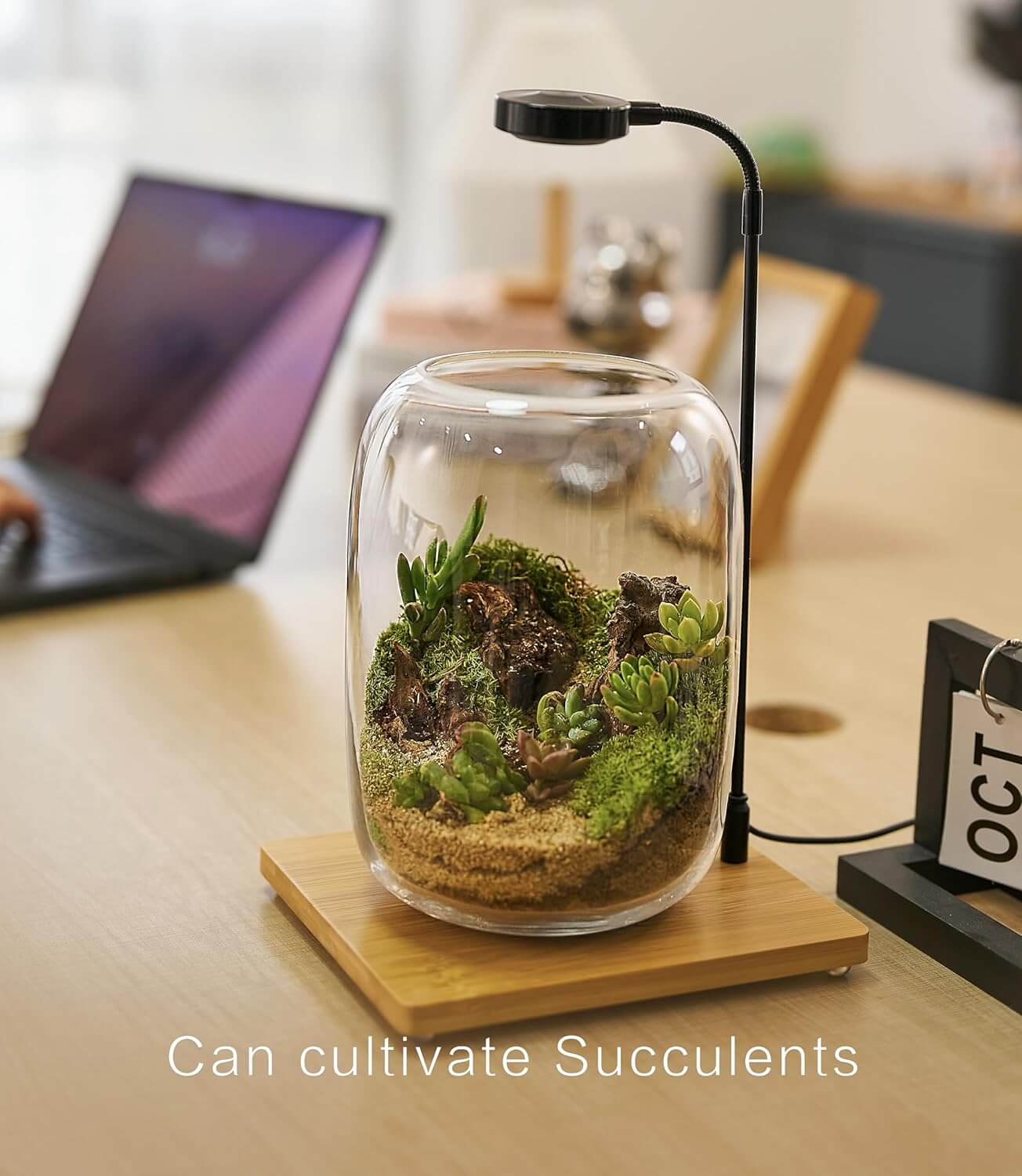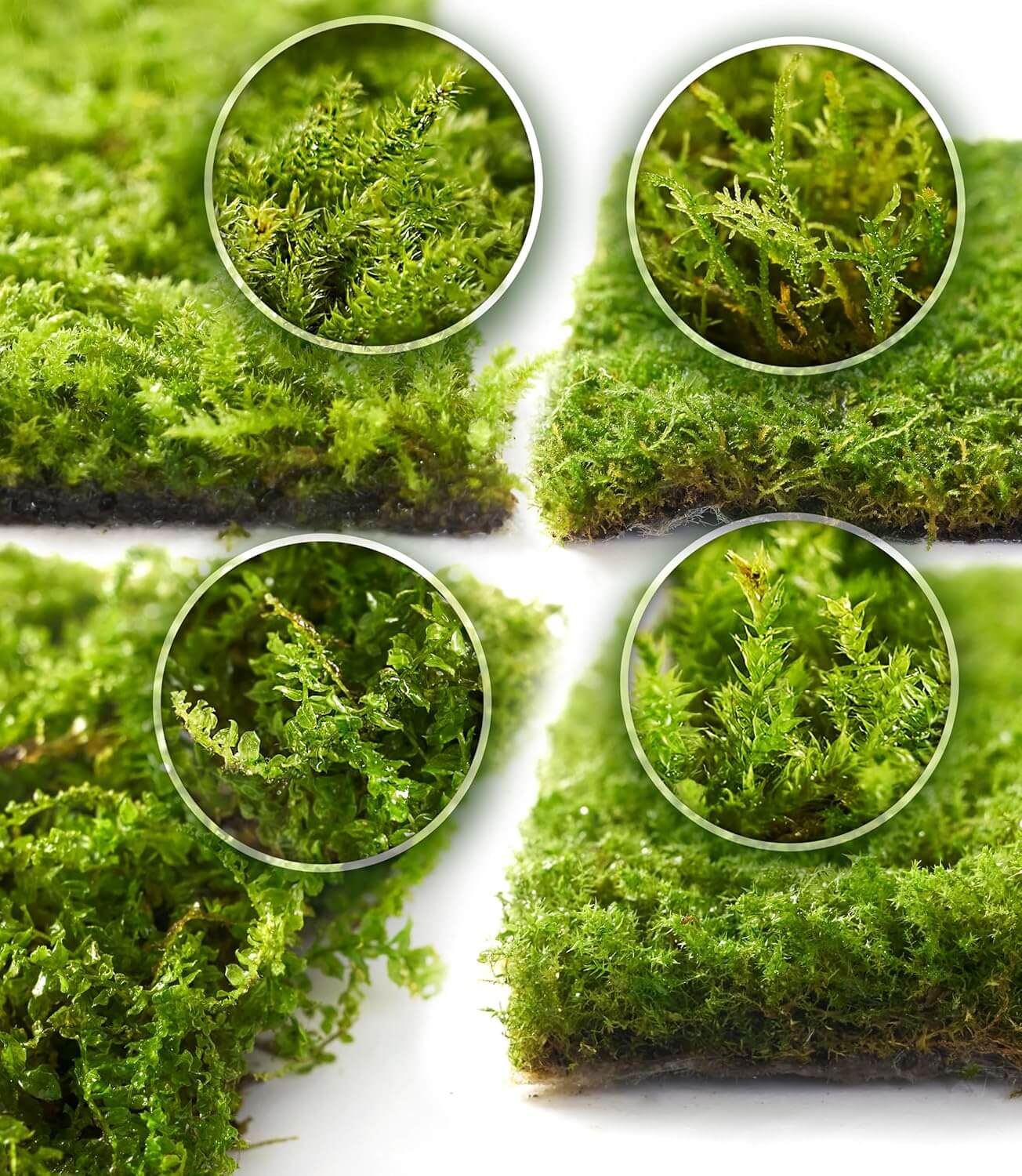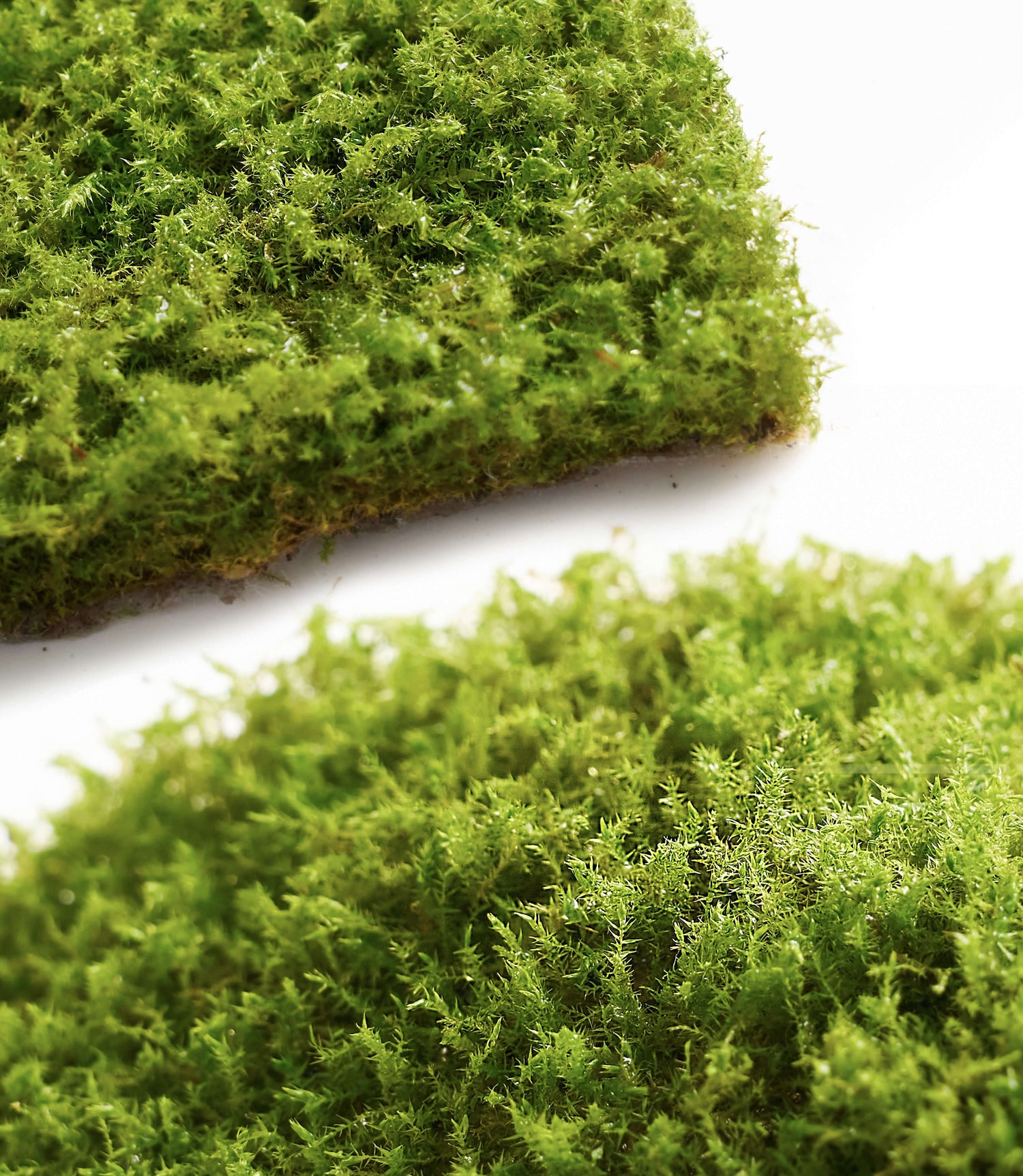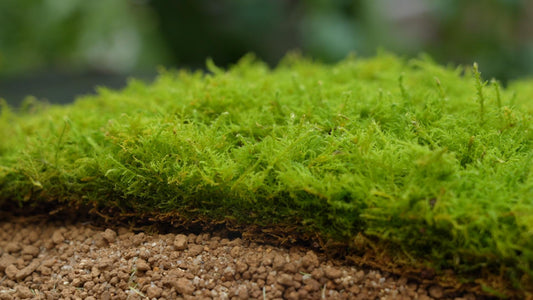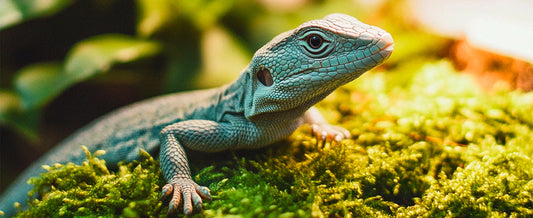The Secret Life of Springtails: Guardians of Your Terrarium
Note: Images in this article are AI-generated illustrations to visualize concepts; they are not photographs.
For years, I've experimented with closed and semi-closed moss terrariums, always striving to make my little world more stable and less prone to problems. Later, I discovered that the tiny springtails in closed terrariums play an important role—they feed on mold and organic detritus, interact with microbes, and silently help keep the system clean and manageable, thus participating in the decomposition cycle.

I first learned about springtails while studying ecosystem material cycling. In recent years, I have conducted extensive research and personally verified many of these findings. An intriguing functional trait study published in 2024 found a strong correlation between feeding-related traits of soil invertebrates (including springtails) and litter mass loss, suggesting that soil decomposition is accelerated under nitrogen-rich conditions (Soil Biology and Biochemistry, 2024). However, most home terrarium systems operate in low-nitrogen environments, so the role of springtails is more to maintain the "mold-detritus-microbe" pathway rather than to accelerate decomposition.
In my own moss terrariums, I've observed that when springtails are present, leaf litter doesn't clump and mold doesn't proliferate—the environment is noticeably cleaner.

A 2024 climate warming experiment reported a reduction in decomposition rates of approximately 29% and a decrease in springtail abundance of approximately 25%, suggesting that decomposition is sensitive to springtail levels—although temperature and substrate also influence results (Science of the Total Environment, 2024).
In one case, I placed 150 springtails in a 1–2 liter closed terrarium, which significantly accelerated decomposition and had a slight effect on moss growth. Later, reducing the number to around 80 made the system more stable—the optimal number varies depending on the terrarium type (operating practice).
The interaction between springtails and microorganisms is also crucial. A 2023 study found that springtails possess a core gut microbiota associated with survival adaptations, and that feeding toxigenic molds inhibited their growth and disrupted their microbiota—but they recovered after returning to a normal diet (Soil Ecology Letters, 2023; Microbiology Spectrum, 2024). This highlights the importance of clean substrates; otherwise, springtails may become dysfunctional and disrupt the balance of the terrarium.
Guidelines for Using Springtails in Closed Terrariums
Choosing the Right Starting Density
For small terrariums (1–2 liters), I recommend starting with 50–100 springtails per liter—a good baseline that can be fine-tuned over 2–4 weeks based on wall activity and mold development. Avoid adding too many springtails at once; their activity may disturb the moss. Every evening (e.g., at 7 p.m.), I use a flashlight through the glass to observe activity—adjusting the number as needed by removing or adding straws (a hands-on exercise).
Fertilization and Watering Should Be “Just Right.”
Use a thin layer of dead leaves or shredded bark as the primary food source—it's natural, slow-release, and reduces the risk of mold.

A small amount of yeast powder can be used as a short-term attractant (use with caution; yeast may be more conducive to the growth of fungus gnats; if gnats are present, switch to cultural/integrated pest management (IPM)). If gnats are present, use integrated pest management (IPM): Bacteria (Bacillus thuringiensis subsp. israelensis), nematodes (Steinernema feltiae), and predatory mites (Stratiolaelaps scimitus, formerly known as Hypoaspis miles), and use yellow sticky cards for monitoring and adult suppression (UConn Extension, 2024 PDF; UConn Extension, 2024; optional: KSU on S. feltiae, KSU on S. scimitus).

Watering: Once condensation appears, do not add water—wait until the water has completely evaporated, the moss has withered, or the substrate feels dry before adding water (Penn State Extension). I open the lid for 10–15 minutes weekly to allow for gas exchange (Penn State: “Let some fresh CO2 in”), especially if the lid is tightly closed.
The Right Combination of Moss and Substrate Is Crucial.
Apply moss in a thin layer (≤0.4–0.6 in, depending on the size of the pot)—a thicker layer will create a barrier and trap excess water (≈0.39–0.59 in). Moss supports springtail reproduction, but dense mats may hinder their regeneration. I trim mature moss approximately every two months, depending on the lighting, pot type, and moss variety (Practical Guidelines).
Adding a 0.8–1.2-inch layer of expanded clay (LECA) to the bottom can act as a groundwater layer in small sealed systems (Practical Guidelines). A 2024 microecological study found that the groundwater layer significantly enhanced the stability of the closed system (Scientific Reports, 2024 – PDF). According to Pennsylvania State University guidelines, substrate should be pasteurized at 180°F (82°C) for 30 minutes; do not sterilize springtails—use substrate from a clean commercial culture (Penn State Extension).

Basics: Wet-Dry Pulse and System Stability
I use a wet-dry pulse method—watering based on substrate moisture to create slight moisture fluctuations that mimic soil patterns. A fully sealed small terrarium, with a groundwater layer and stable LED lighting, can maintain multiple trophic levels for over 37 days (Scientific Reports, 2024 – PDF). For home use, a semi-sealed system with occasional ventilation is safer and more controllable.
Risk Control Is Critical
Only source springtails from trusted suppliers—never collect them wild. Always pasteurize the substrate only. Springtails are not pesticides; their role is ecological stabilization. If fungus gnats arise, implement IPM—treat larvae with Bti, S. feltiae, or S. scimitus; catch adults with yellow sticky cards (UConn Extension, 2024 PDF; UConn Extension, 2024).

I’m conducting A/B tests on “minimum effective density” across terrarium types and photoperiods—results to follow in ~8 weeks. For now, with these measures, springtails can bring a vibrant, low-maintenance ecosystem to your closed moss terrarium, creating a beautiful, self-sustaining micro-world.
References
- Functional traits & decomposition under N-rich conditions — Soil Biology & Biochemistry (2024)
- Warming scenario: −29% decomposition, −25% springtails — Science of the Total Environment (2024)
- Core gut microbiota in springtails — Soil Ecology Letters (2023)
- Toxigenic molds & reversible microbiota disruption — Microbiology Spectrum (2024)
- Closed micro-ecosystem with groundwater layer & LED (>37 days) — Scientific Reports (2024, PDF)
- Closed terrarium care (watering & ventilation) — Penn State Extension
- Pasteurization at 180°F (82°C) × 30 min — Penn State Extension
- Biological control of fungus gnats (Bti, S. feltiae, S. scimitus) — UConn Extension (PDF, 2024)
- Managing fungus gnats & shore flies — UConn Extension (2024)
- (Optional) Steinernema feltiae tech sheet — Kansas State University (PDF)
- (Optional) Stratiolaelaps scimitus tech sheet — Kansas State University (PDF)

